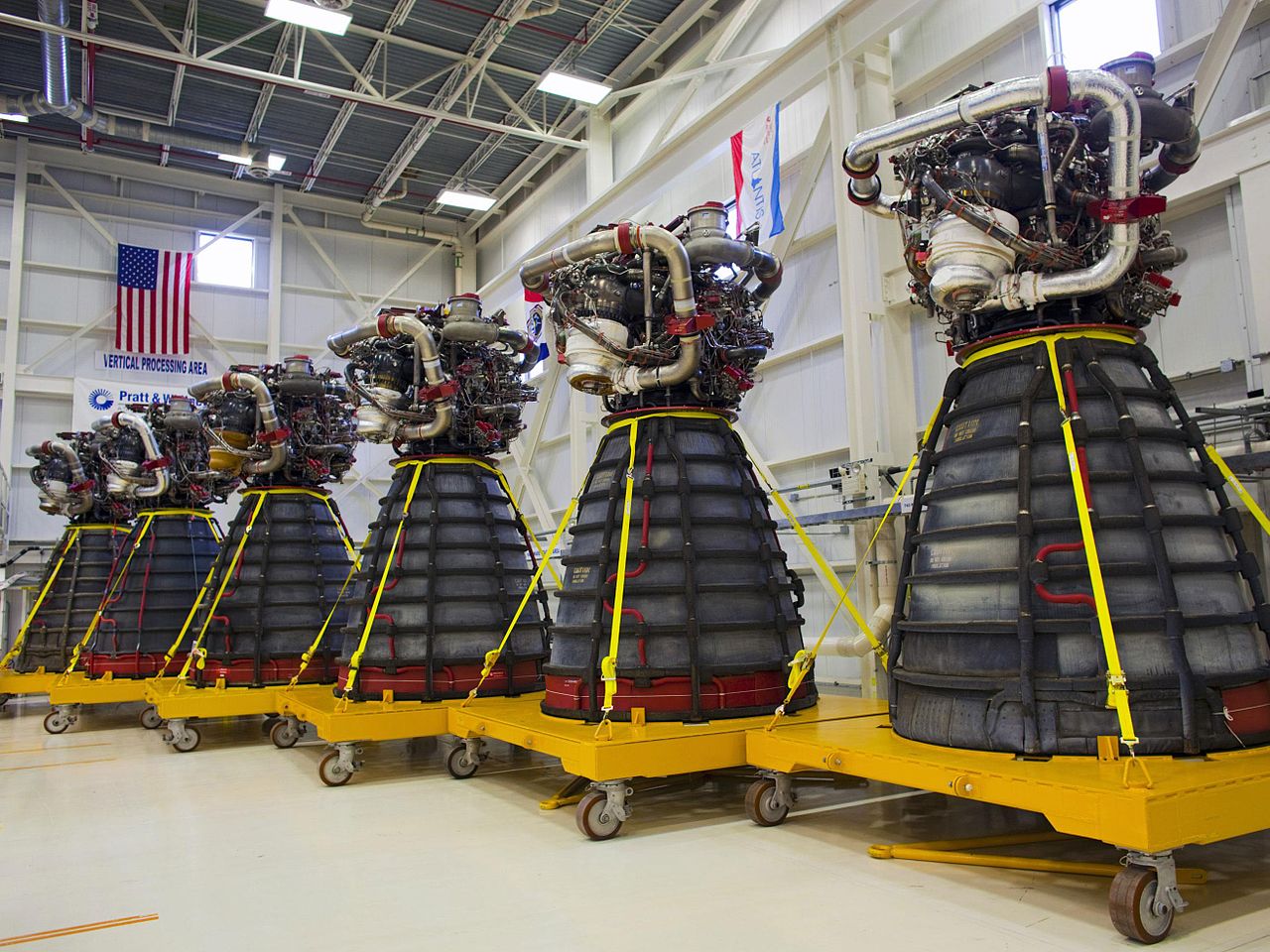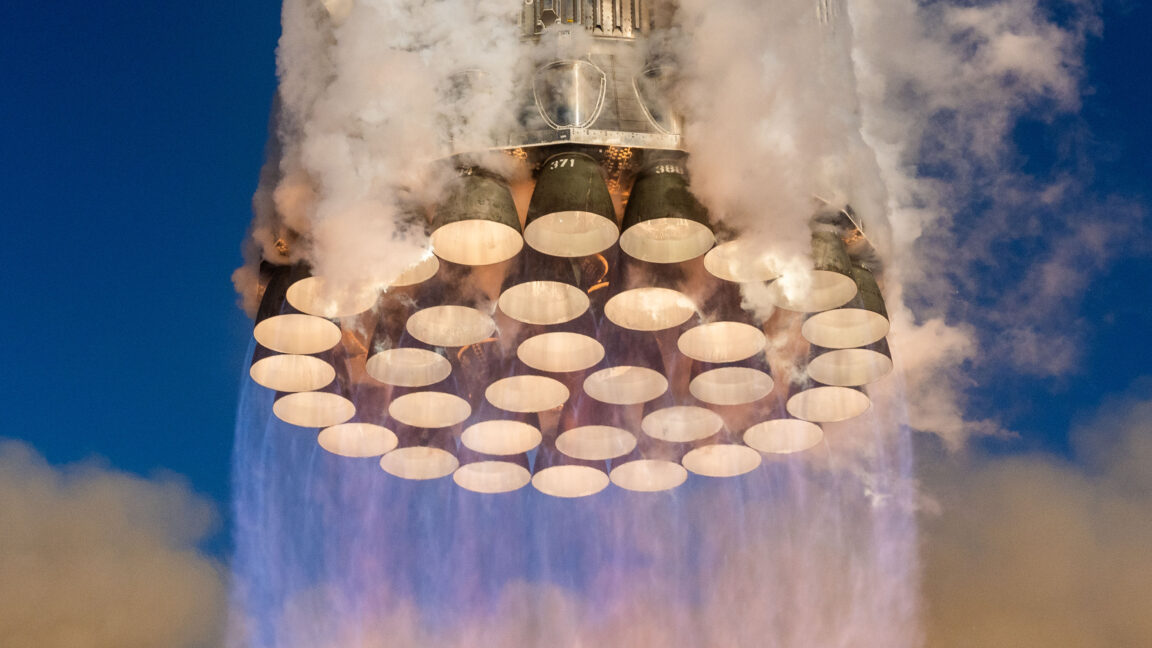Last week NASA official Jim Free appeared before the Aeronautics and Space Engineering Board and Space Studies Board in Washington, DC. There are many of these review boards that act as outside observers for NASA's space policy plans and offer advice from seasoned hands. Free spoke about the agency's Artemis Program to return humans to the Moon.
He made some news with his remarks, saying publicly for the first time what is widely known inside the space industry—the Artemis III mission, the first to carry humans down to the lunar surface since Apollo, will not happen in 2025. Free, according to Space News, said he had some "concern" about the viability of the 2025 launch date. Well, yes, a more realistic starting target for Artemis III is probably 2028-ish.
It's all well and good for Free to acknowledge the likelihood of a delay. But it was his assignation of blame for the delay that raised some eyebrows. Free pinned the schedule slip on SpaceX, which is developing the large Starship rocket to, in part, serve as a Human Landing System to carry astronauts down to the surface from lunar orbit and back. SpaceX has an extensive test program to demonstrate the capability of Starship to launch and land, as well as transfer and store propellant in orbit. And Free is correct; they have much work to do.
"That’s a lot of launches to get those missions done," Free said. "They have a significant number of launches to go, and that, of course, gives me concern about the December of 2025 date" for Artemis III. "With the difficulties that SpaceX has had, I think that’s really concerning,” Free added. "You can think about that slipping probably into ’26."
Oddly, Free also questioned the value of the contract mechanism that NASA used to hire SpaceX and its Starship lander. "The fact is, if they’re not flying on the time they’ve said, it does us no good to have a firm, fixed-price contract other than we’re not paying more," he said.
This comment was questioned inside and outside of NASA. It may signal some inner discontent at the space agency about its recent shift toward a commercial model of contracting, in which NASA generally pays a fixed price and buys services. This trend started with cargo and crew flights to the International Space Station and has since been extended to other areas, including the crew lander for the Artemis Program and new spacesuits.
Cost-plus kind of sucks
Let's step back for a moment and consider the absurdity of blaming SpaceX and its fixed-price contract for the Artemis delays. There are several major components involved in a lunar mission. There is the big rocket to get the crew off Earth. For now, that is the Space Launch System rocket, developed by NASA using cost-plus contracts. Then there is the spacecraft they ride to and from lunar orbit inside, Orion, similarly funded by cost-plus contracts. The lander is the final piece of hardware, and it is every bit as complex as the other two, for it must take off from the lunar surface without any launch infrastructure and serve as a temporary habitat.
NASA selected Lockheed Martin to be Orion's prime contractor in 2006, and the agency has been funding the program at an average of about $1 billion a year for the last decade. Orion should finally fly a crewed mission in early 2025—after literally two decades of development.
Five years later, in 2011, NASA finalized the design of the Space Launch System rocket. However, the space agency had been funding related work by the rocket's prime contractor, Boeing, since 2007. NASA, on average, has spent nearly $3 billion annually on developing this SLS rocket for the last decade.
This is a lot of money because the SLS rocket started with some major advantages: It reused engines from the space shuttle program, it used solid-rocket boosters derived from the shuttle, and its core stage diameter was modeled on the shuttle's external fuel tank. It still took a decade to develop before its first successful test flight at the end of 2022.
Contrast that with the Human Landing System. Because so much of NASA's exploration funding was tied up in the cost-plus contracts for Orion and SLS—which pay a contractor's total costs, plus fees, without regard to delays and overruns—NASA did not have funding for a lander or spacesuits. It only awarded the lander contract to SpaceX in April 2021, and the funding did not kick in until about 18 months ago due to a lawsuit filed by Blue Origin. Also, SpaceX is not receiving $2.9 billion a year, commensurate with the SLS rocket. It will receive $2.9 billion total for Starship development costs and two missions to the Moon, the second of which will carry crew on Artemis III.
That seems pretty nuts, right? Well, it gets worse.
A recent report by NASA's inspector general found that efforts to refurbish space shuttle main engines, manufacture new ones, and produce solid rocket boosters for the initial SLS launches have resulted in about $6 billion in cost increases and more than six years in schedule delays compared to NASA's original projections. Because this was a cost-plus contract, NASA had to swallow the expense. Put another way, compared to its total contribution for a lunar lander, NASA is paying twice as much for just cost overruns for engines and boosters that have existed for nearly five decades as part of the shuttle program.
But Free has had no harsh words for this. Instead, he says NASA's fixed-price contract with SpaceX "does us no good."
What's going on here?
Ars spoke with a couple of NASA officials on background to give them the freedom to speak plainly.
"I can't give him a pass on the fixed-price comment," one of these officials said of Free. "On cost-plus contracts, the hardware is always late, and you pay more. On fixed-price contracts, it's only late. So yeah, his comment was technically accurate but totally tone-deaf. What really makes me worried is that I think it shows where the heart of the agency is."
At NASA headquarters in DC, where Free works, as well as field centers across the country, there are only a few hundred people who have worked with SpaceX and other contractors on the agency's commercial crew and cargo programs, and understand how they work. Very few of these people are in leadership positions.
At the same time, thousands of civil servants have only ever worked with cost-plus contracts, which give NASA more oversight and hands-on control of projects. "They are just biding their time until they can pounce on some misstep on a fixed price contract to say the approach doesn't work," one of the NASA officials said of these old-guard managers.
Free returned to NASA in 2021 to become the agency's associate administrator for Exploration Systems Development. Essentially this means he is in charge of all the major elements of the Artemis Program, including the SLS rocket, Orion, and Starship lander. He comes from a cost-plus background and appears to be more comfortable with that kind of contracting methodology. He has support for this from the agency's influential associate administrator, Bob Cabana.
NASA's approach toward commercial contracts really only gained momentum during the administration of Jim Bridenstine, who championed the idea of the space agency being one of many customers, and buying services rather than committing to long-term cost-plus contracts. But he left in early 2021, before Free's arrival. Now, Free is saying that fixed-price contracts may not have much value for NASA.
Is the old guard about to exact its revenge on new space?


